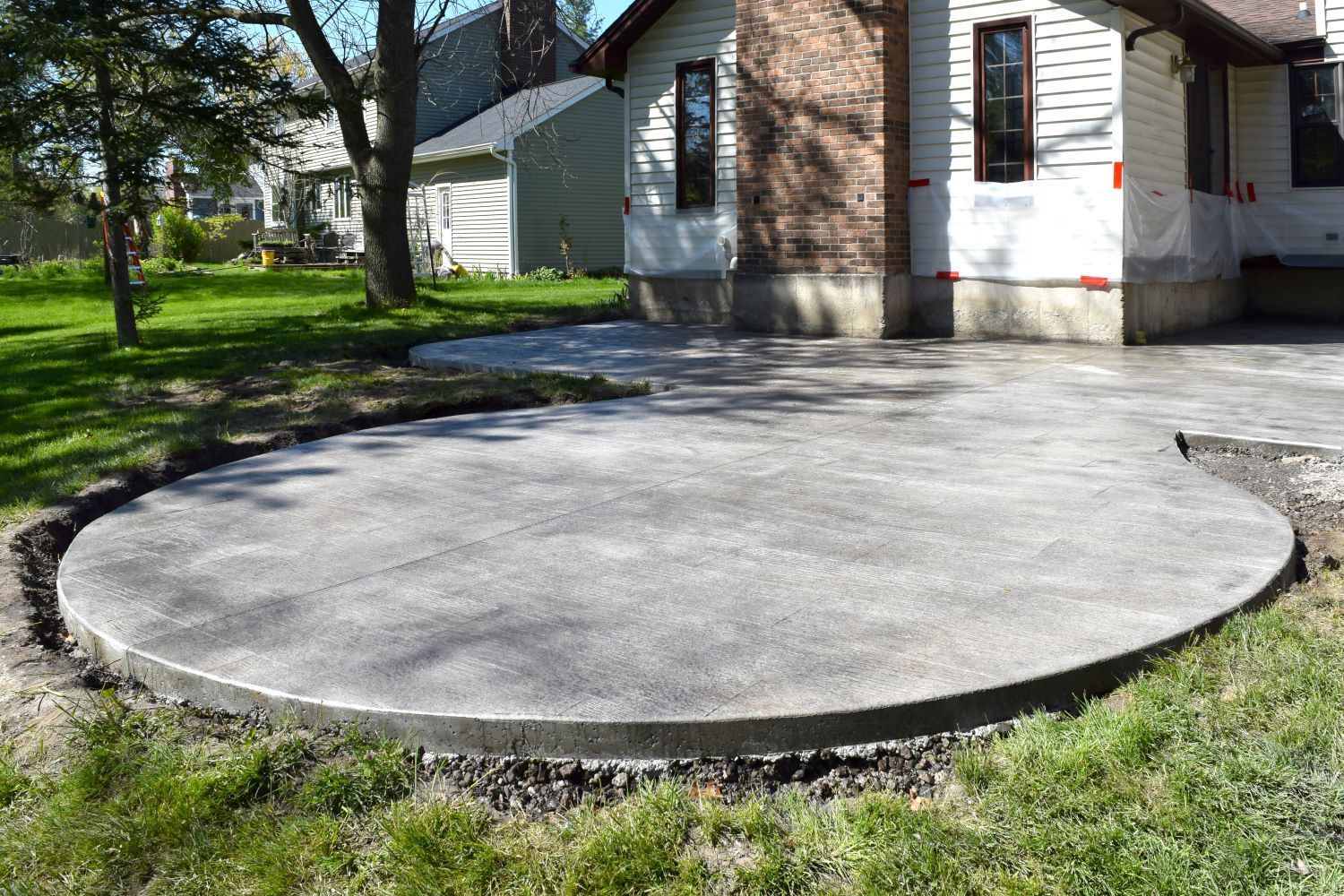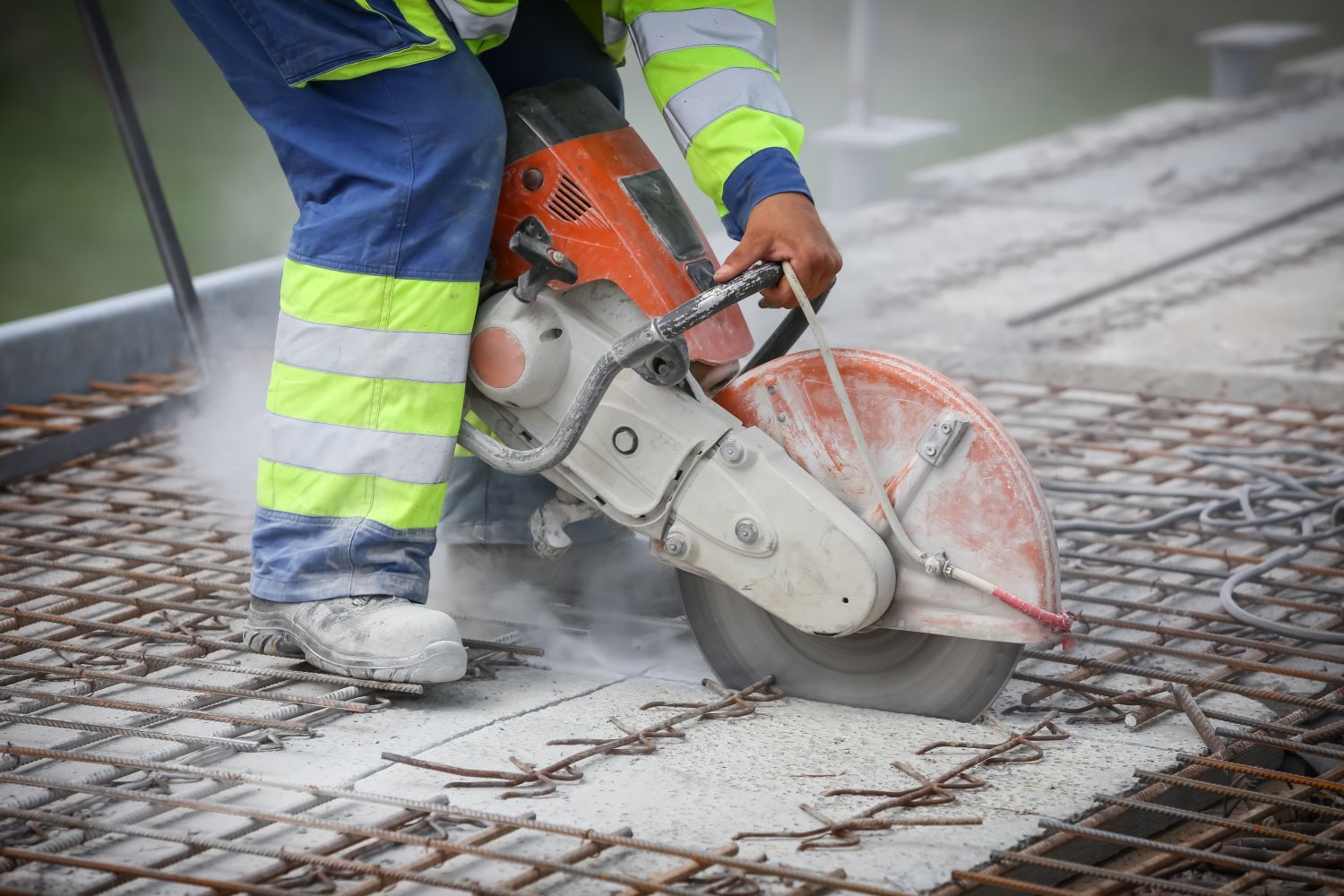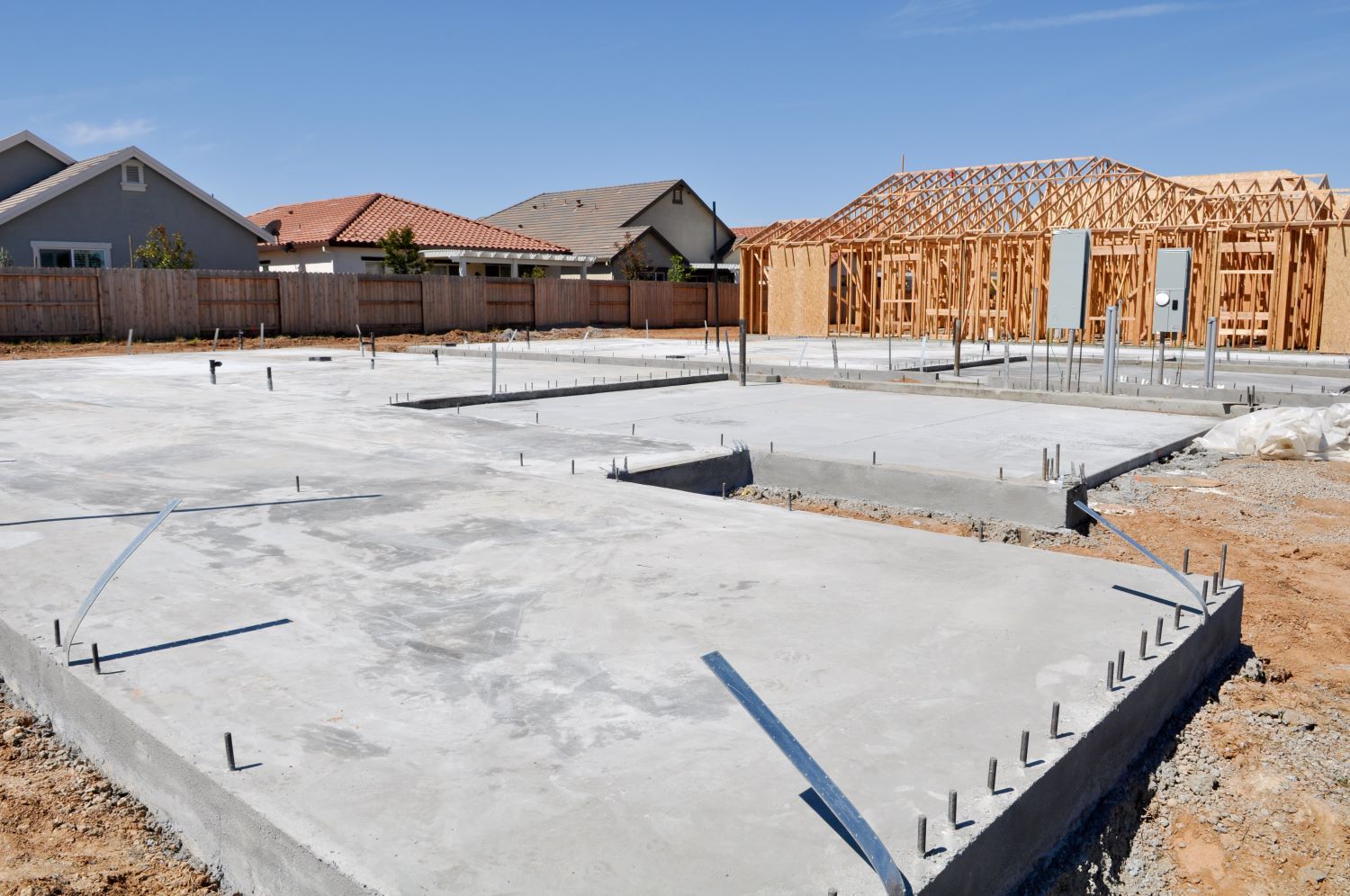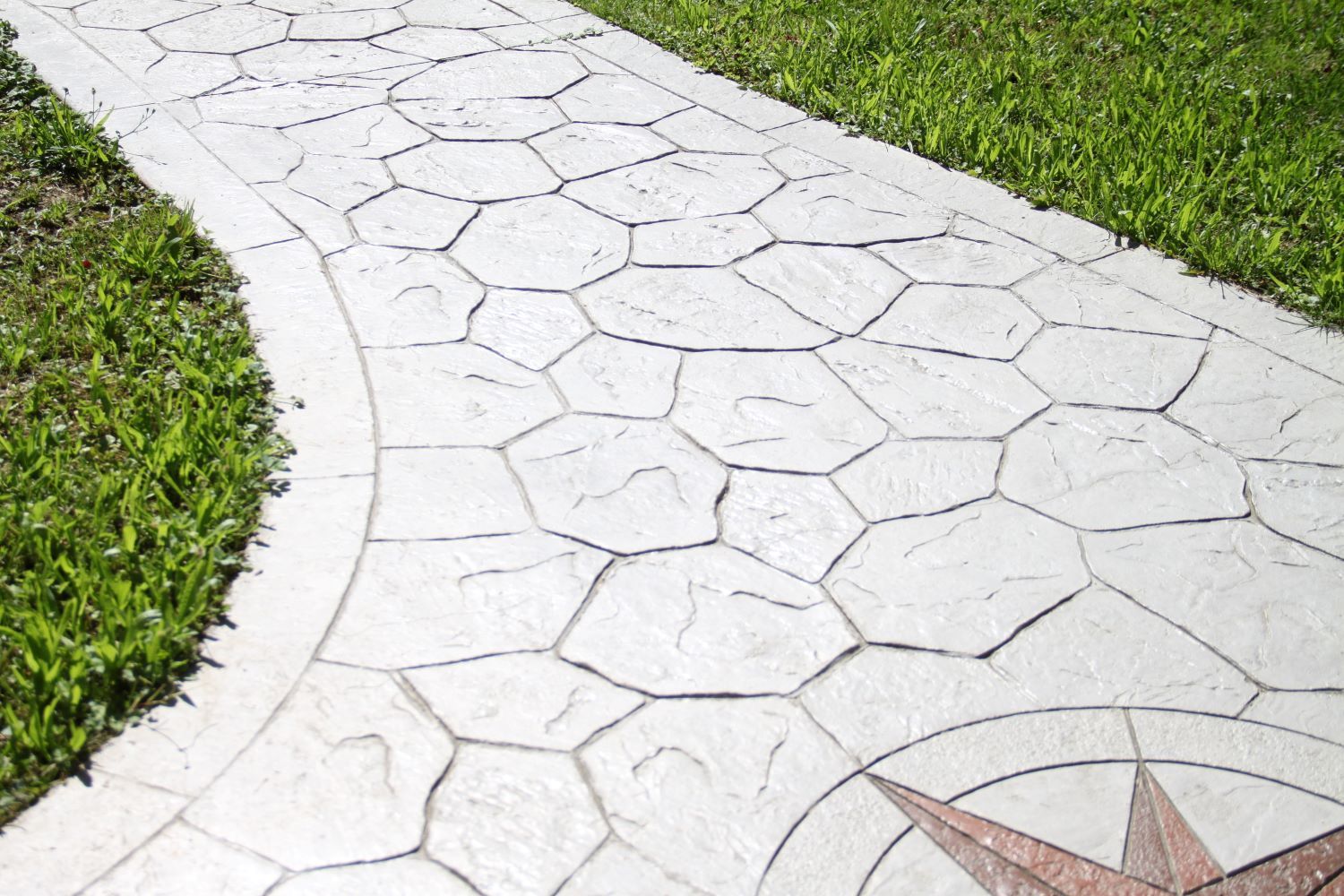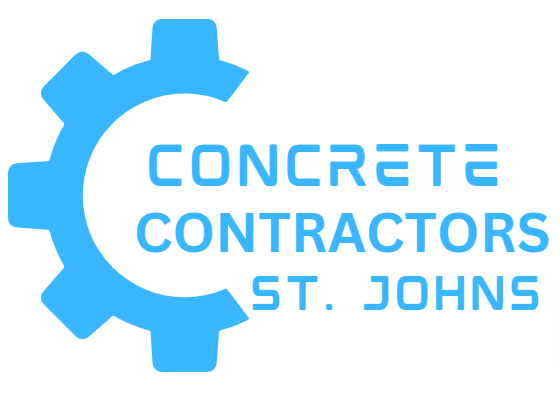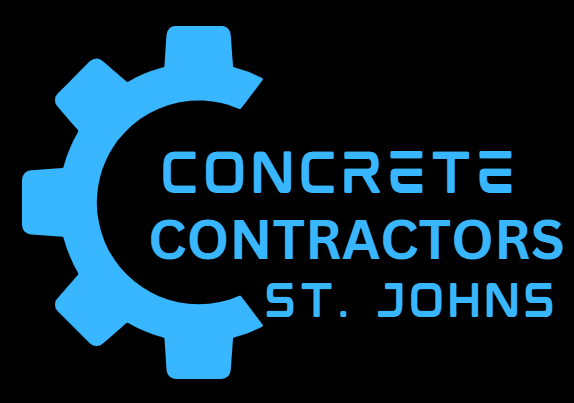Understanding Concrete Pads
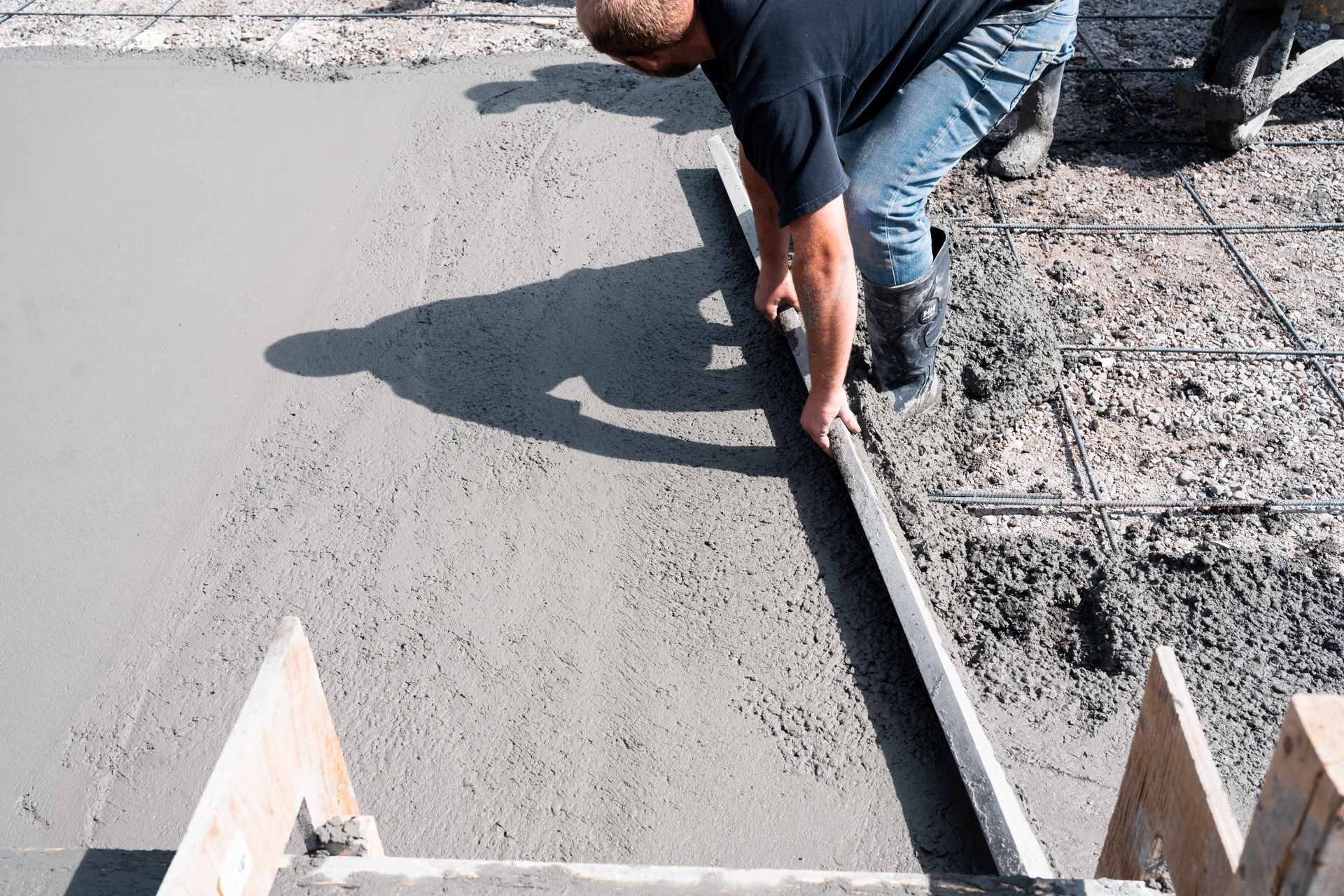
Concrete Contractors St. Johns is dedicated to providing top-quality concrete solutions in St. John's, Newfoundland, including the installation of durable and versatile concrete pads. In this blog article, we'll explore the purpose of concrete pads and delve into the process of their installation, highlighting their numerous benefits for residential and commercial properties alike.
Understanding Concrete Pads:
Concrete pads, also known as concrete slabs or concrete platforms, serve a variety of purposes in both residential and commercial settings. These flat, level surfaces are typically constructed using reinforced concrete and provide a stable foundation for a wide range of applications, including:
- Outdoor Living Spaces:
- Concrete pads are commonly used to create outdoor living spaces such as patios, decks, and barbecue areas. Their durability and low maintenance requirements make them an ideal choice for homeowners looking to enhance their outdoor environment with a functional and aesthetically pleasing surface.
- Equipment and Machinery:
- In commercial and industrial settings, concrete pads are often utilized as stable foundations for heavy equipment, machinery, and storage containers. They provide a level surface that can withstand the weight and impact of industrial operations, ensuring optimal performance and safety.
- Vehicle Parking:
- Concrete pads are frequently used for vehicle parking, whether for residential driveways, parking lots, or commercial garages. Their strength and durability make them well-suited for supporting the weight of cars, trucks, and other vehicles, while also providing a smooth and stable surface for parking.
The Process of Concrete Pad Installation:
- Site Preparation:
- The first step in installing a concrete pad is site preparation. This involves clearing the area of vegetation, debris, and any obstacles that may interfere with the installation process. The site is then excavated to the required depth, ensuring a stable and level foundation for the concrete pad.
- Formwork:
- Once the site is prepared, formwork is installed to define the shape and dimensions of the concrete pad. This typically involves constructing wooden or metal forms around the perimeter of the pad and securing them in place with stakes or anchors. The forms are carefully leveled and aligned to ensure the desired thickness and slope of the concrete.
- Reinforcement:
- Depending on the intended use and load-bearing requirements, reinforcement may be added to the concrete pad in the form of steel rebars or wire mesh. This helps to improve the structural integrity and load-bearing capacity of the pad, ensuring long-term durability and stability.
- Concrete Placement:
- With the formwork and reinforcement in place, the concrete is poured into the prepared area and evenly distributed using shovels, rakes, or concrete pumps. Care is taken to minimize air voids and ensure thorough consolidation of the concrete mix. Once poured, the concrete is screeded and smoothed to achieve a uniform surface finish.
- Curing and Finishing:
- After the concrete is placed, it is left to cure and harden for a period of time, typically ranging from a few days to several weeks, depending on environmental conditions and the type of concrete mix used. Once cured, the concrete pad is inspected for any imperfections or defects and may be finished with various techniques, such as broom finishing or decorative stamping, to enhance its appearance and texture.
Benefits of Concrete Pads:
- Durability: Concrete pads are highly durable and resistant to wear, weathering, and damage from heavy loads and traffic.
- Low Maintenance: Concrete pads require minimal maintenance compared to other paving materials, such as asphalt or pavers, reducing long-term upkeep costs.
- Versatility: Concrete pads can be customized to suit a wide range of applications and design preferences, making them a versatile choice for both residential and commercial projects.
- Longevity: With proper installation and maintenance, concrete pads can last for decades, providing a reliable and long-lasting surface for various uses.
Conclusion:
Concrete pads offer numerous benefits for residential and commercial properties, providing a durable, versatile, and long-lasting surface for a variety of applications. From outdoor living spaces to industrial equipment foundations, concrete pads are an essential component of modern construction and landscaping projects. For expert concrete pad installation services in St. John's, Newfoundland, trust the experienced professionals at Concrete Contractors St. Johns to deliver superior craftsmanship and exceptional results.
